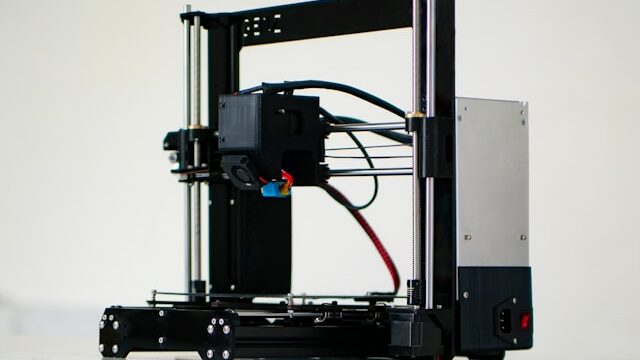Researchers at Eindhoven University of Technology have taken a key step in 3D printing of living tissues by adapting xolography, a light-based printing technology. This innovation could eventually enable the fabrication of functional organs, though scientific challenges remain to be overcome.

An Innovative Technology for Biofabrication
Scientists from Eindhoven University of Technology (TU/e) have adapted xolography, a 3D light-printing technique, to print living cells. This method allows the creation of microscopic structures at the scale of a human cell (20 µm). Although still experimental, this breakthrough, published in Advanced Materials, paves the way for the fabrication of tissues such as kidneys or muscles.
A Multidisciplinary Challenge for Regenerative Medicine
3D printing of living tissues relies on three major challenges: accurately replicating the cellular environment, printing speed, and precision. By adapting materials and technology to biomedical requirements, researchers have successfully printed hydrogel scaffolds that facilitate cell growth while fine-tuning their mechanical properties through light intensity.
Towards Artificial Muscles and Functional Implants
The team has developed structures capable of changing shape in response to temperature, thus mimicking muscle properties. This research could revolutionize the fabrication of functional tissues and medical implants. While clinical applications remain distant, this advancement marks a crucial milestone in the bio-printing of organs.
Image generated by DALL·E, an artificial intelligence model developed by OpenAI.
The articles published on Imprimy.com are for informational purposes only. They are intended to provide general advice and information related to 3D printing. Imprimy.com cannot be held responsible for the results obtained or the consequences arising from the application of the shared information. We recommend always checking the specific instructions for your hardware and materials before use.


